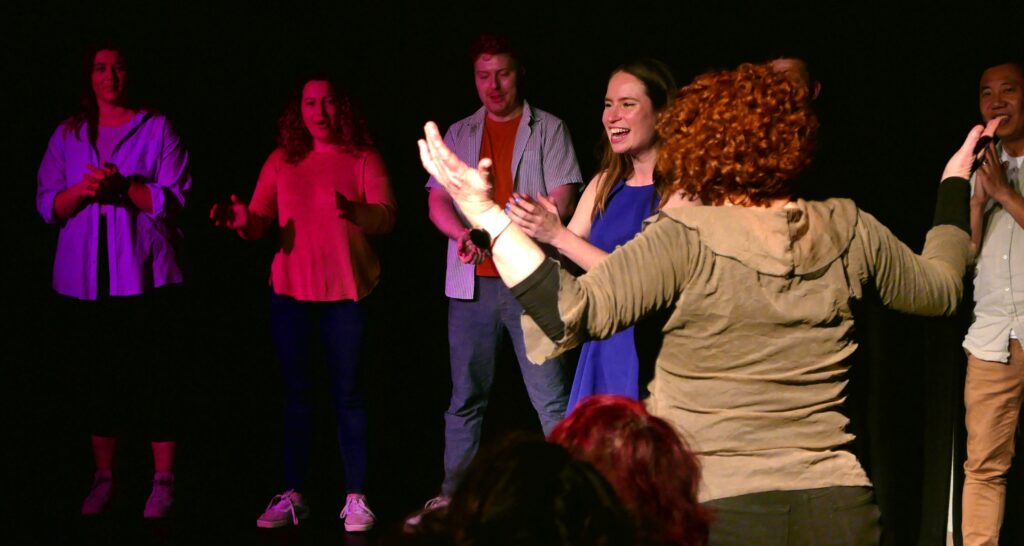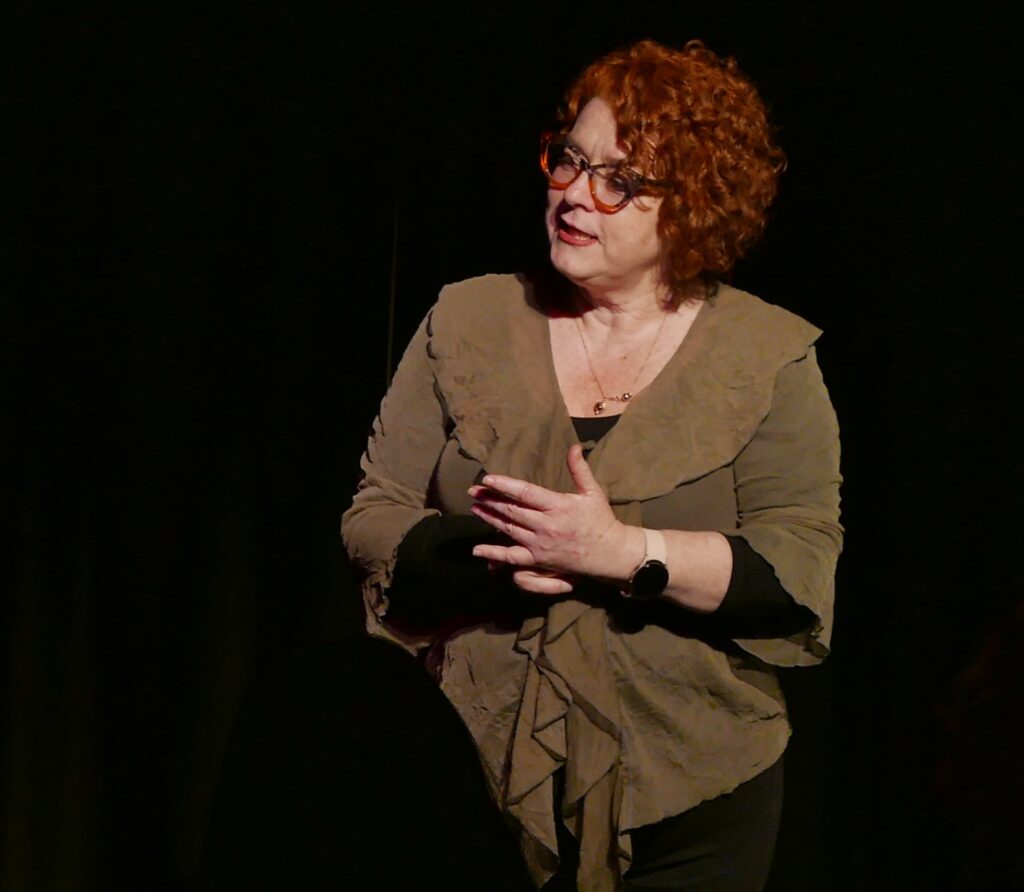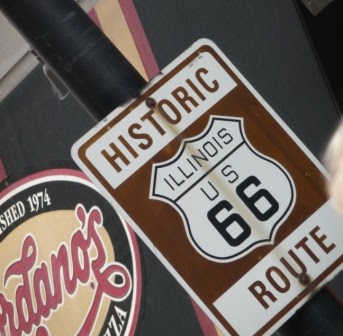week 4, days 2 and 3 i think.
stick with the first offer: if your opening leads you to mermaid world, then come back to mermaid world and explore more (not the same again, more, deeper) – there is so much to explore there
the aim of an opening is to walk away feeling so good that we know what to do – if necessary call out the theme, state it up front and often
try and work out what is your scene partner’s intention and play to that
the back line’s job is to keep a scene in the present – if they mention someone not in the scene, then that person should enter – you’re the protectors of the present. if there’s an opportunity to show it, then do it instead of telling it
shoot the grandma: don’t stop yourself from shooting the grandma – if it’s inevitable, if the audience can see it coming, then don’t delay it, do it, and see what happens afterwards – there’s always something next
don’t drop your shit (your own first offer of character / point of view / attitude) – how can your choice co exist with the new idea
be blatant if you think there is any ambiguity
the Lyndsey break – an energiser – punch towards the ground and scream at the top of your lungs for 15 seconds
if we need a transformation, look to do it with a yes, rather than with a conflict
try using something from the opening to sweep edit (keeps the theme present so people remember it)
if you build an environment in the opening, you can set the first beats in that environment if you want to (as long as the scenes are about you and your scene partner, not about the environment).
the more you know someone in a scene, the higher the stakes: solidify the relationship as early as possible – if the audience doesn’t know who these people are they don’t care about them – e.g. in a torture scene, you need to quickly set up the what and the who (i know you’re my brother but…)
one tactic for an opening is to set up one person at a time, so the slow build makes it clear to everyone. each move builds on the previous one, NOT ON THE ORIGINAL move. the last thing said is the most important
exercise: opening, and 3 scenes, then second beat must have one each of thematic, tangential and character pull, then move onto 3rd beat (following the pull pattern you set up in beat 2).
| NY building with my distorting lense |
whatever happens, do it again, and it looks like it happened on purpose.
telegraph what you are doing to the cast (and audience) if you’re worried they won’t get it (or even if you think they will), remove all ambiguity, don’t make them play guess (you set it up much better when it’s clear) – e.g. “as your mother…”
joy and fun underneath the characters makes you watchable. this is easiest when you stay in the present tens
exercise: we did a full harold each person had a brief from the following list of harold principles:
- keep it in the present
- pull tangentially
- pull thematically
- the last thing said is the most important
- emotion drives
- first beat must be grounded
- shoot the grandma
- chew your food (take it slowly)
- vary the energy
- hit the suggestion so hard you find the theme
- just say it
- characters live everywhere, plot won’t survive
- variety of edits to vary the energy (from words to gestures)
- (+lyndsay added a wrecking ball – someone to come in and make crazy offers out of the blue)
edits:
if you’re joining the scene, make eye contact. if you’re sweeping don’t.
for tagging, make eye contact with the person you want to stay
to remember your accent/ character, add a physical dimension to it





